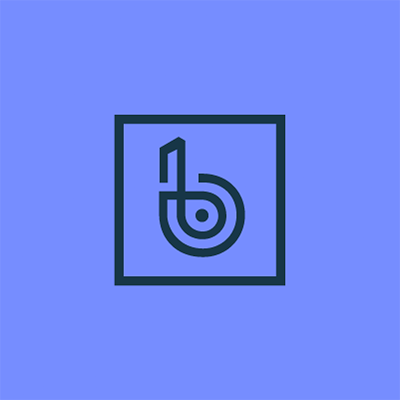419 reads
Progressive Delivery, Feature Flags, and Experiments: The Story of a New Dashboard
by
June 1st, 2022
Audio Presented by

The leading application stability management solution trusted by over 6,000 engineering teams worldwide.
About Author
The leading application stability management solution trusted by over 6,000 engineering teams worldwide.